Is hiking dangerous? The hazards associated with trekking outdoors and what you can do about them
We ask the question, is hiking dangerous? We consider the dangers posed by adventures in the great outdoors and what you can do to mitigate them
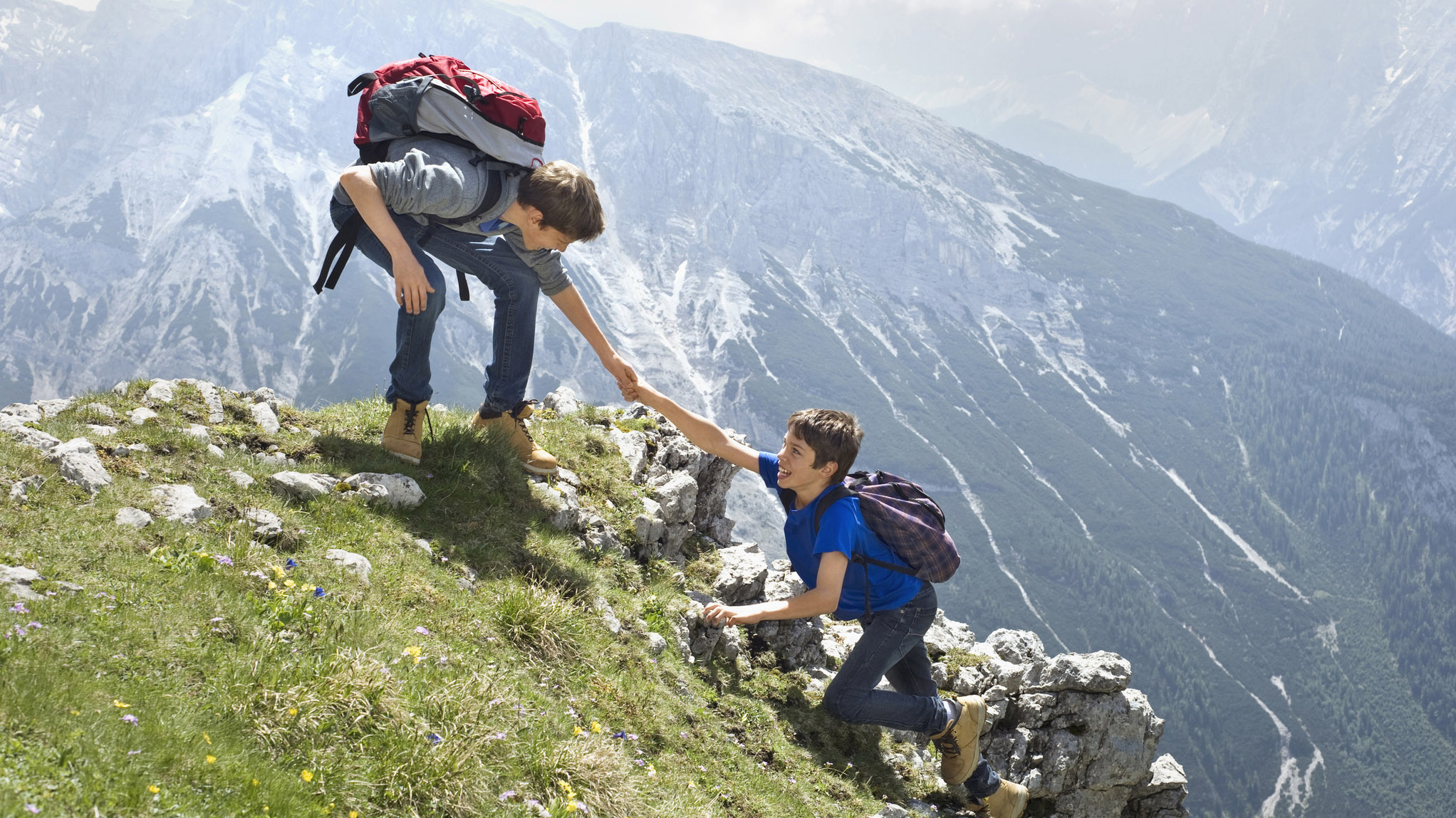
Is hiking dangerous? It’s a difficult question to answer, as it depends on so many factors: from the terrain you’re tackling and the conditions on the day, to your own personal experience and the clothing and equipment you’ve taken along. The simple answer is that hiking is more dangerous than everyday life.
All too often, on popular peaks, we’ve seen inexperienced people marching towards a cold summit wearing inappropriate clothing and footwear. Worse still, they have nothing on their backs, not a hiking backpack in sight. This means no provisions for when things go wrong. This scenario is a mountain rescue callout waiting to happen. Is hiking dangerous? In this case, yes.
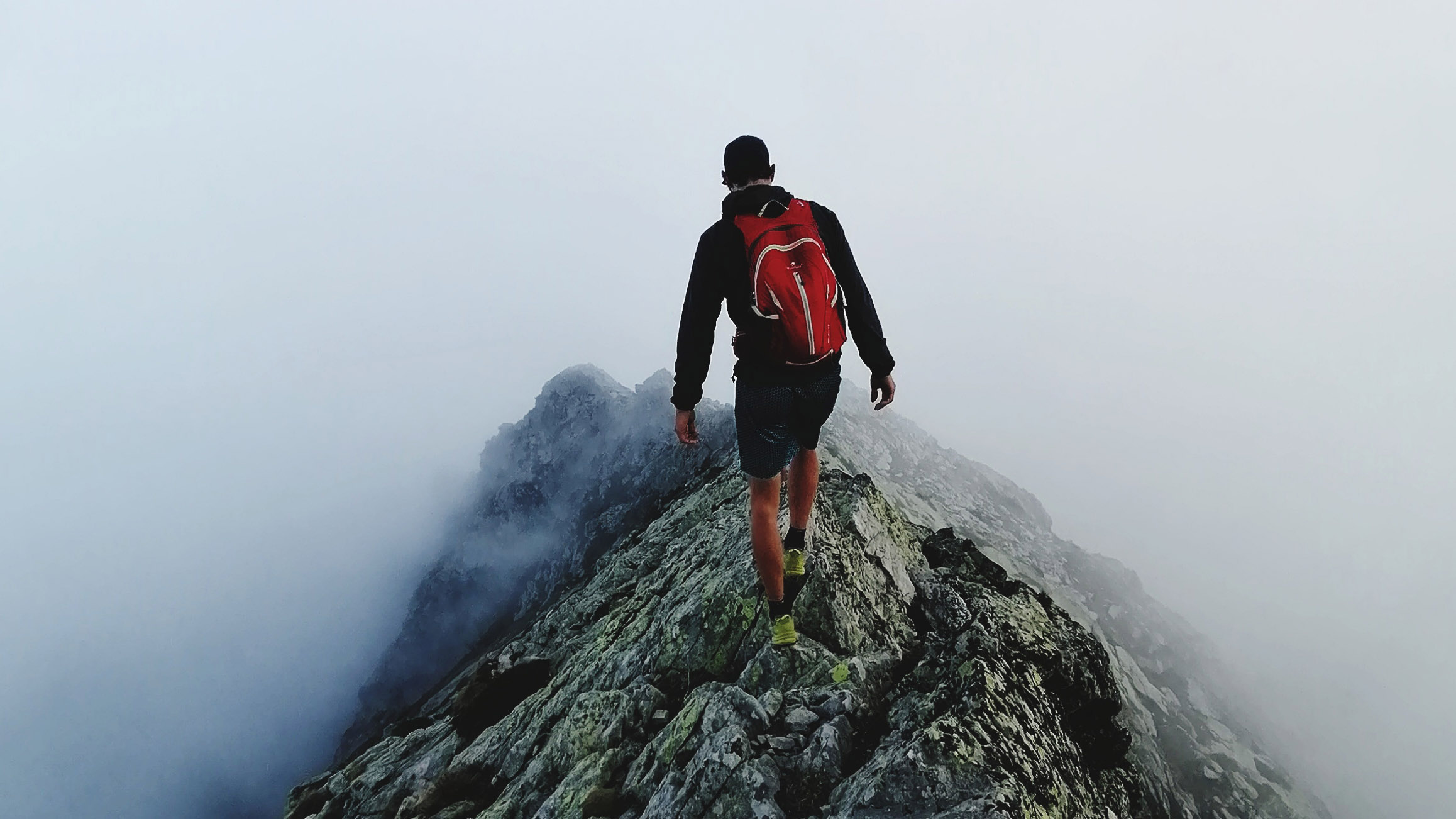
Experience helps you to make safe decisions, while the right kit – such as a pair of the best hiking boots, warm layers, waterproofs and emergency provisions – helps to control the risks. That’s not to say tonnes of experience and having all the right clothing and equipment makes hiking totally safe. Accidents can and do happen to even the most seasoned adventurers.
Is hiking dangerous? It can be, and here’s why
Today, most of us live in cities, towns and villages. These are places that have been designed to be amenable and safe, with cosy houses or apartments, easy access to water and electricity, roads to get us from A to B, flat sidewalks and emergency services nearby for when things go wrong.
When we hike, we leave these bubbles of human design and enter natural landscapes that are totally indifferent to our presence. Cliff edges collapse into the sea and rocks and ice succumb to gravity and crash down the mountains. Torrential storms and powerful blizzards are whipped up, the runoff swelling rivers to many times their usual size. It’s cold and windy up there, and the higher you go, it’s only going to get colder… and windier. Bears patrol the forests that hug the lower flanks (see what to do if you meet a bear in the wilderness) and there are insects about that transmit potentially fatal diseases.
So how exactly do we control all these potential risk factors?
Is hiking dangerous? Not so much, if you bear objective dangers in mind
Objective dangers are hazards that you have to deal with due to the nature of where you are hiking. If you’re in the mountains, this could be rockfall, ice fall, extreme weather or rivers in spate, while on the coast this could be unexpectedly high tides, as well as rockfall and cliff erosion.
All the latest inspiration, tips and guides to help you plan your next Advnture!
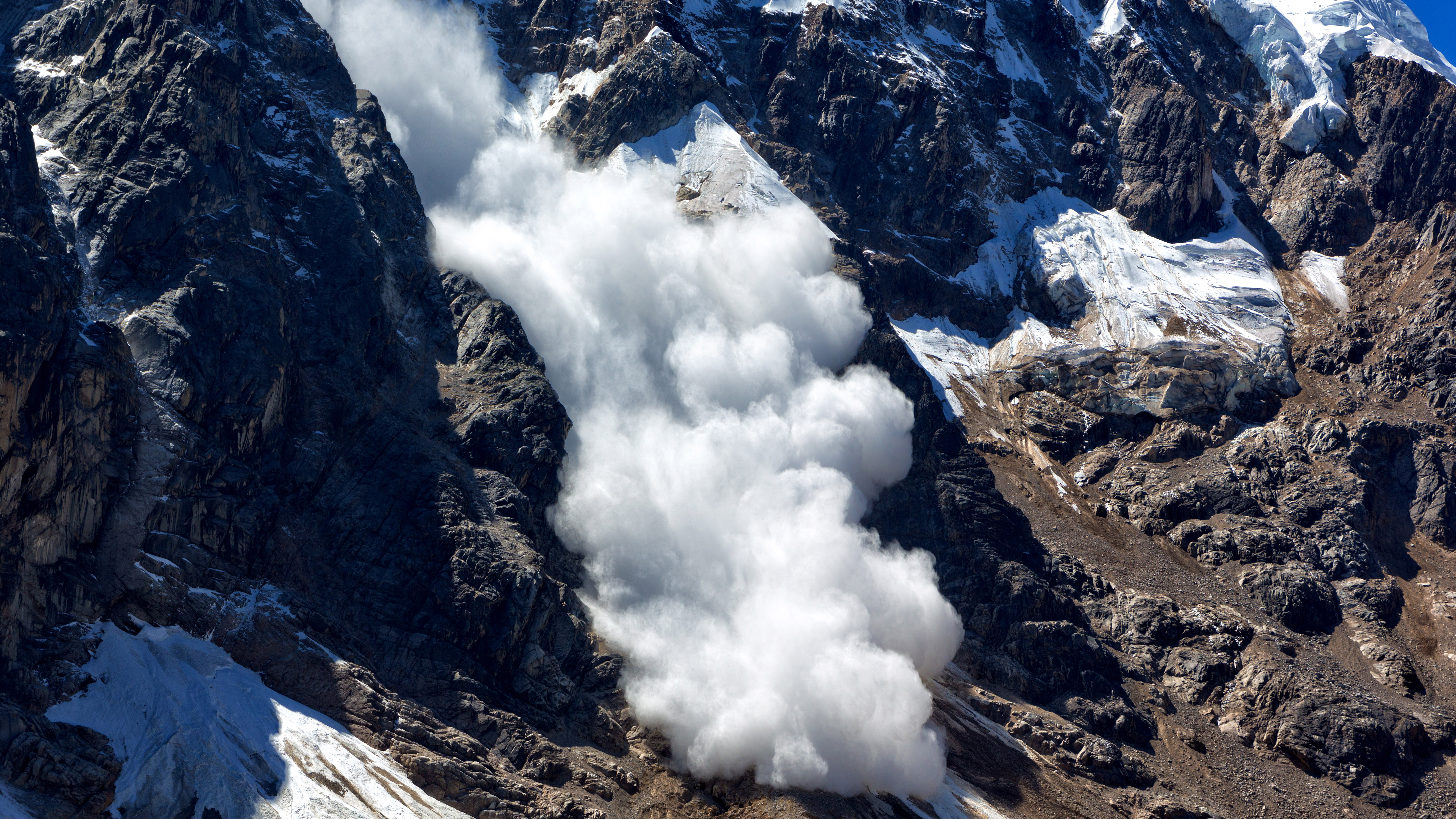
All of these hazards can be managed. First, gather relevant information before a hike, such as weather and avalanche forecasts and tide timetables to make decisions about the planned route, clothing and equipment. Once out there, keep these objective dangers in mind. It’s mostly common sense but don’t camp under an overhanging buttress, don’t tackle a knife-edged ridge in 60 km winds and don’t stray too close to the cliff edge. It all gets easier with experience, speaking of which…
Is hiking dangerous? Experience counts towards safety
Experience really counts when it comes to adventures. Start by hiking popular trails in summer conditions and get to know your kit. Then you can start pushing your comfort zone in more challenging conditions and on more demanding routes, which is probably when you’ll make mistakes. This is a good thing, mistakes (as long as they are not fatal) are how we learn; trust us, you will make plenty during your lifetime of outdoor adventure.
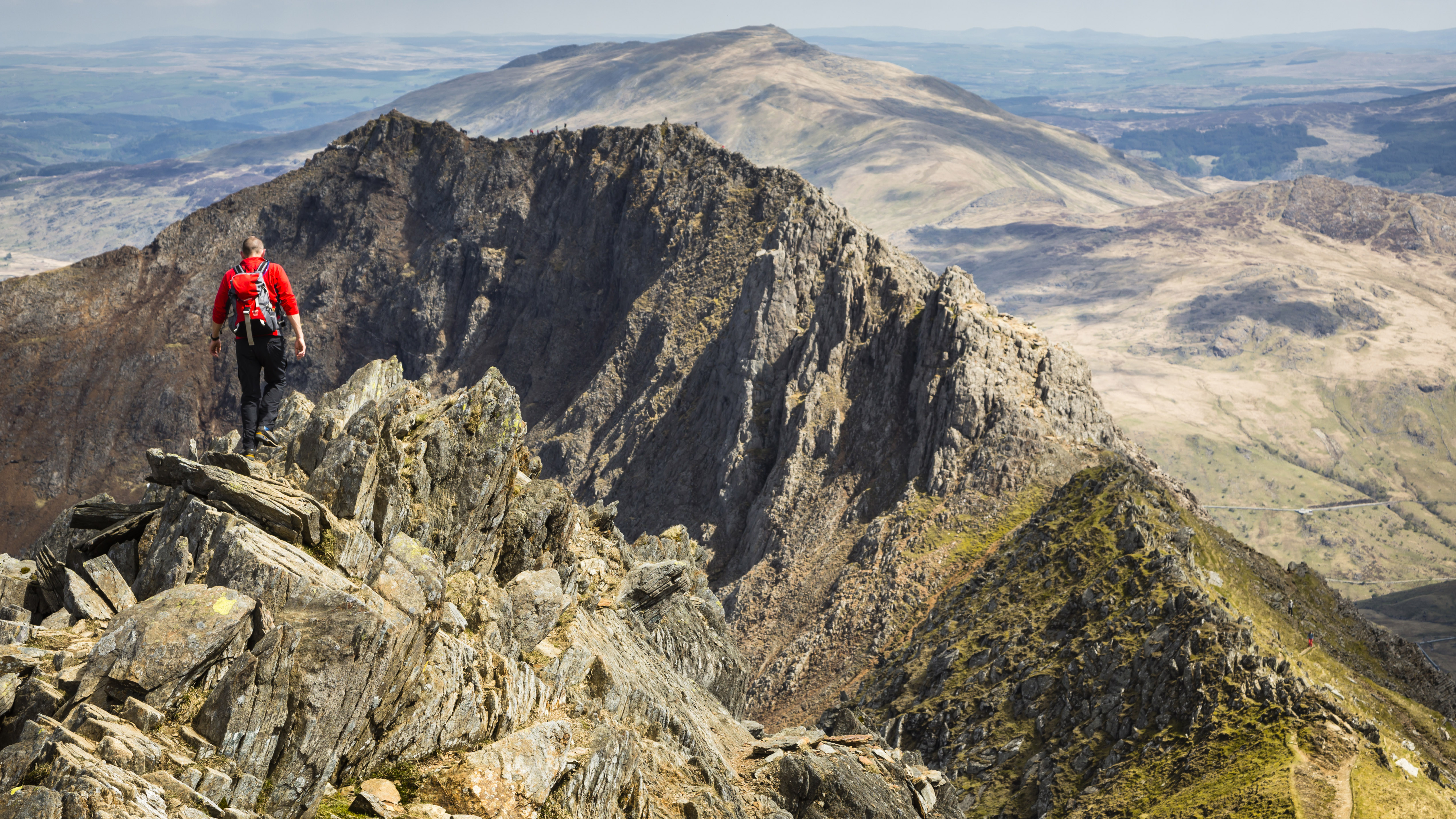
If you’ve got a more experienced friend, they’re great to learn from during your apprenticeship with the trails, hills and mountains. Better still, book a course or three to enhance your skills, as there’s no substitute to learning from a professional mountain guide. This will help you make decisions about aspects like route choice, navigation, river crossings and what to take with you in the first place, which brings us nicely to…
Is hiking dangerous? Less so, with the right kit
In order to stay safe there are a number of hiking essentials. Technical terrain demands hiking boots, while on easier trails you might consider hiking shoes. Cold is one of the biggest killers in the mountains, so keeping warm with appropriate layers is vital. This should comprise a warm base layer, a mid-layer – such as one of our best fleece jackets or a best down jackets – and a waterproof outer shell, plus a hiking hat and gloves.
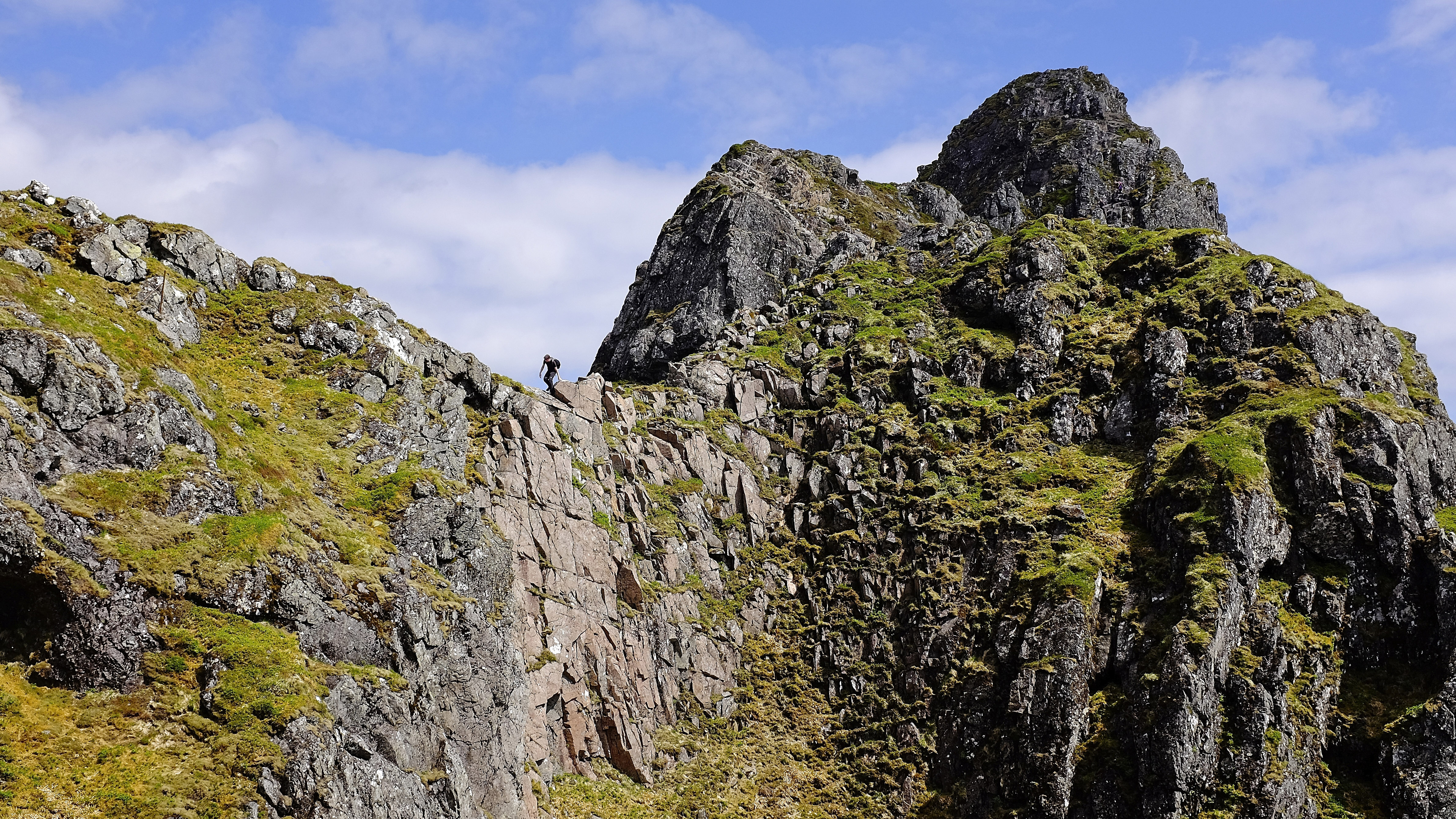
Navigation errors can lead to dangerous situations. You should know how to read a map and how to use a compass, as well as having a GPS backup with a power pack. A decent headlamp with spare batteries gives you a safety net if you’re stuck out when night calls (see our guide to the best headlamps for some good options). Carrying the best first aid kit and knowing how to treat the most common hiking injuries enables you to provide a first response in case of an emergency.
Alex is a freelance adventure writer and mountain leader with an insatiable passion for the mountains. A Cumbrian born and bred, his native English Lake District has a special place in his heart, though he is at least equally happy in North Wales, the Scottish Highlands or the European Alps. Through his hiking, mountaineering, climbing and trail running adventures, Alex aims to inspire others to get outdoors. He's the former President of the London Mountaineering Club, is training to become a winter mountain leader, looking to finally finish bagging all the Wainwright fells of the Lake District and is always keen to head to the 4,000-meter peaks of the Alps. www.alexfoxfield.com

